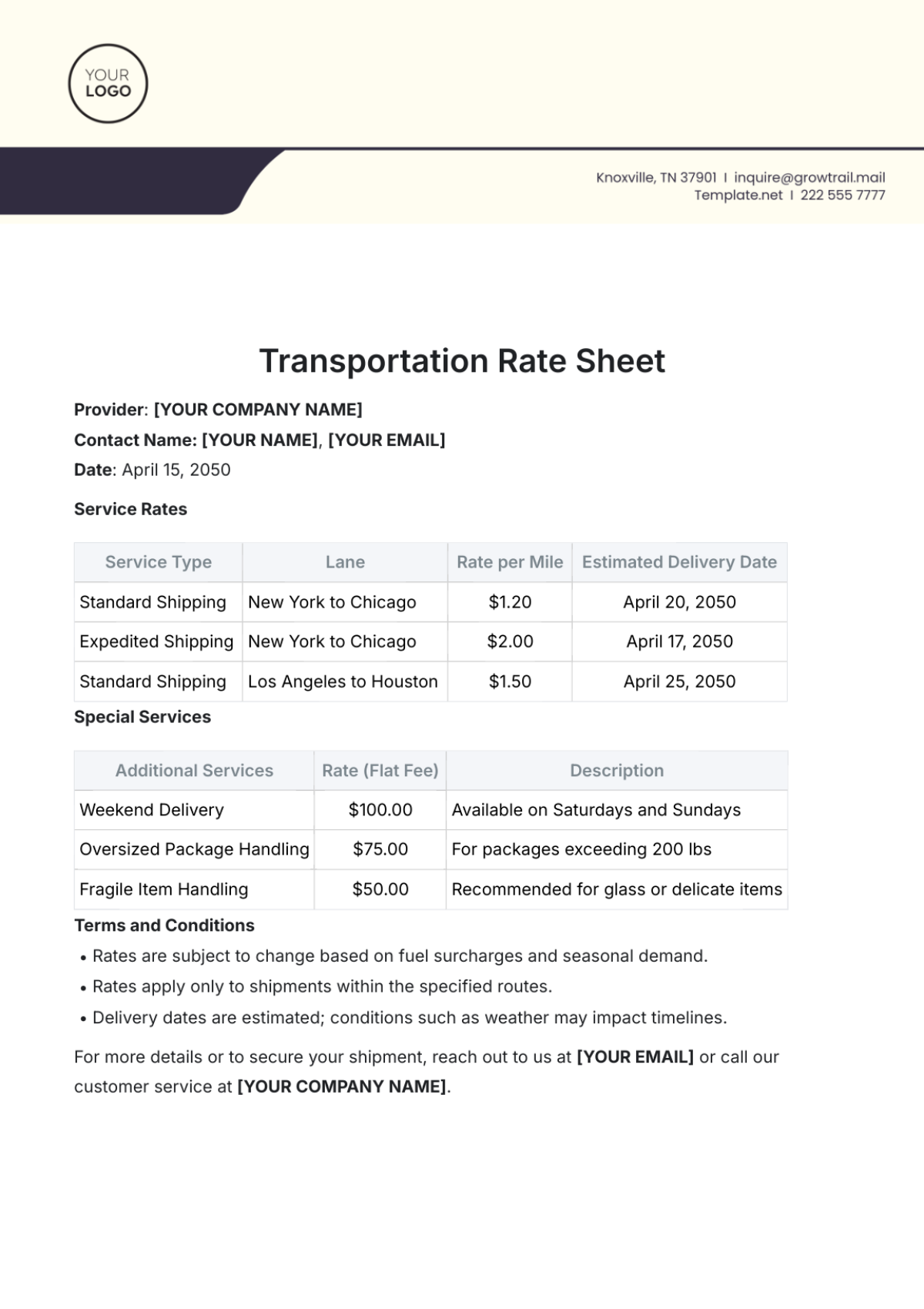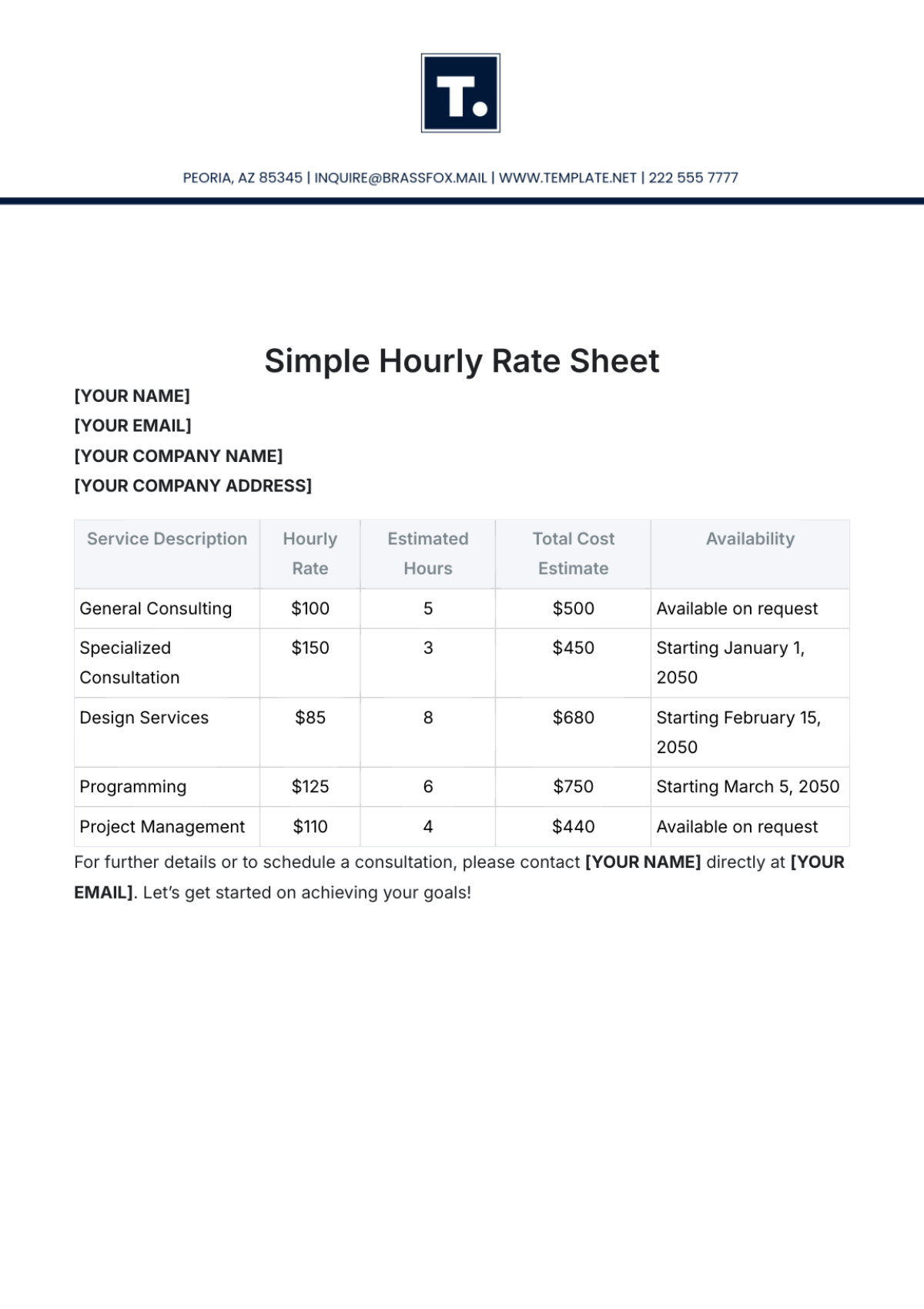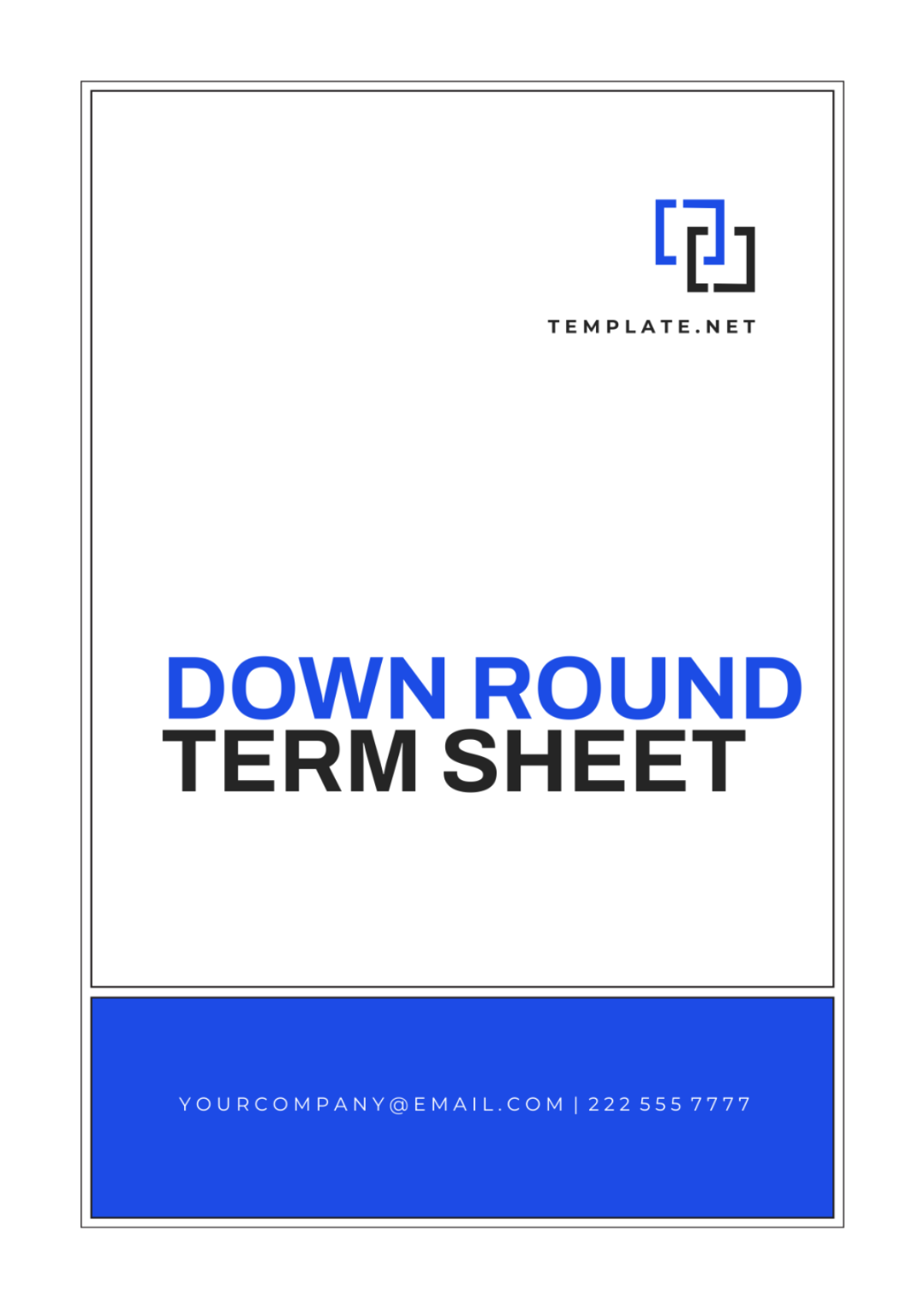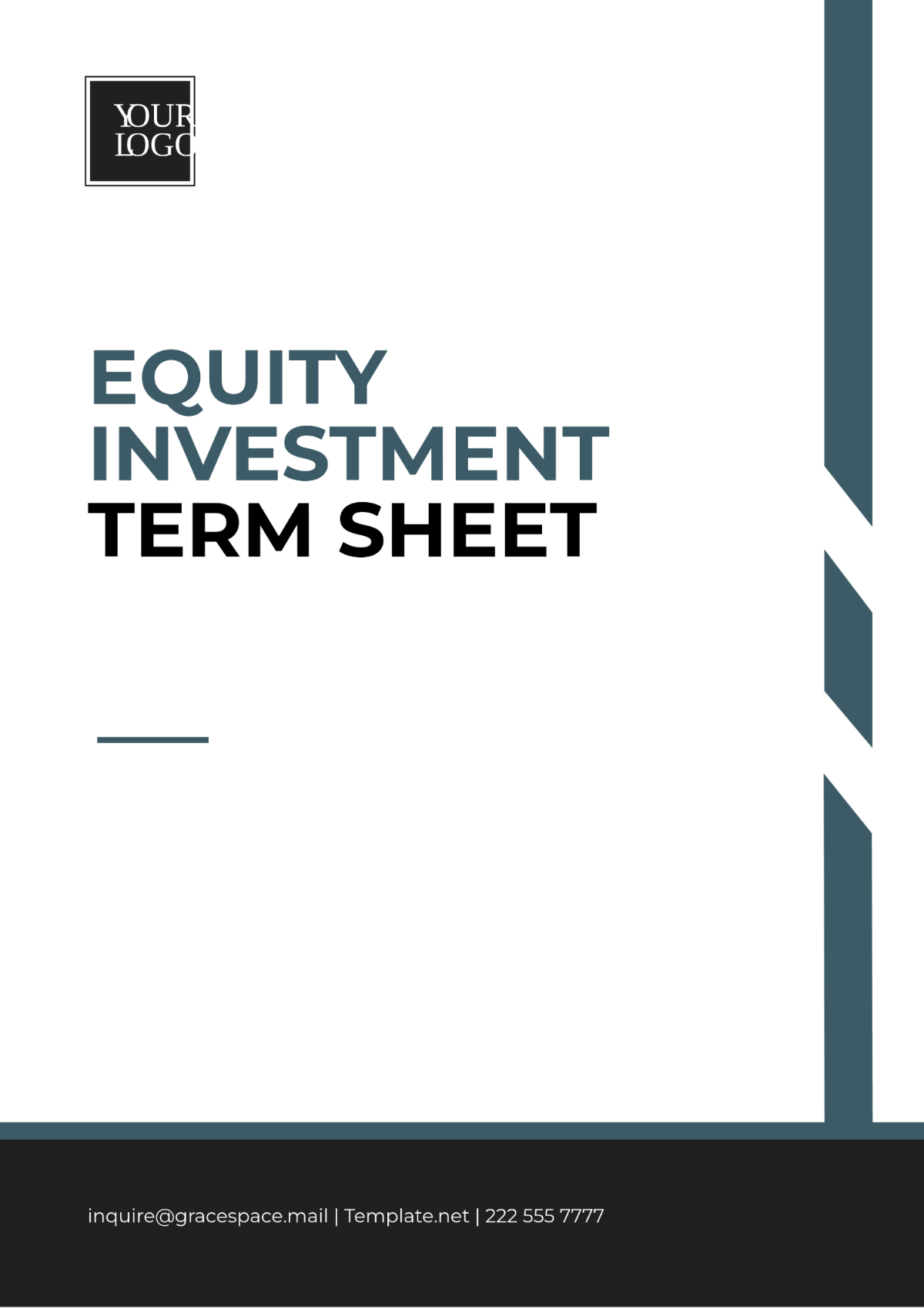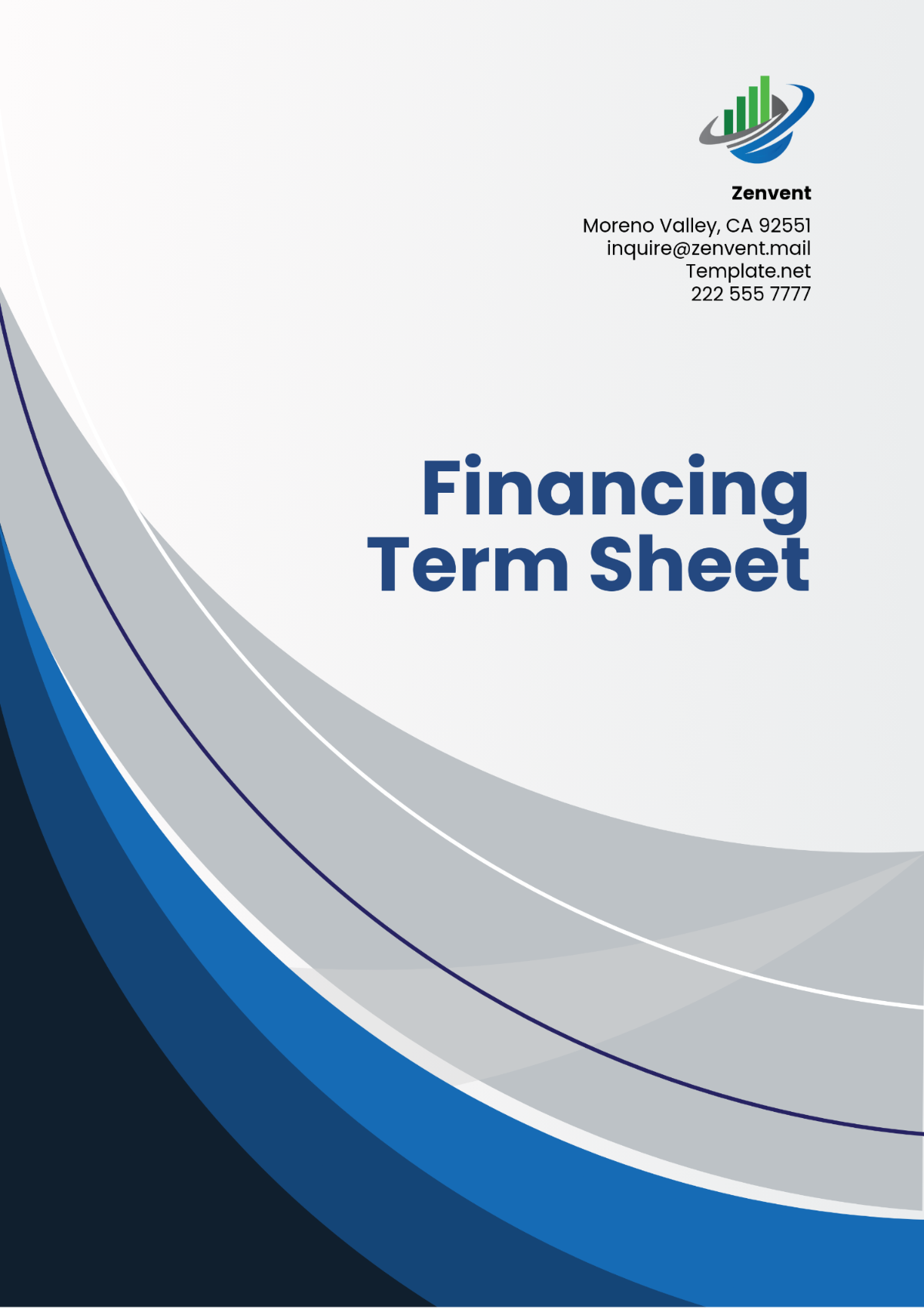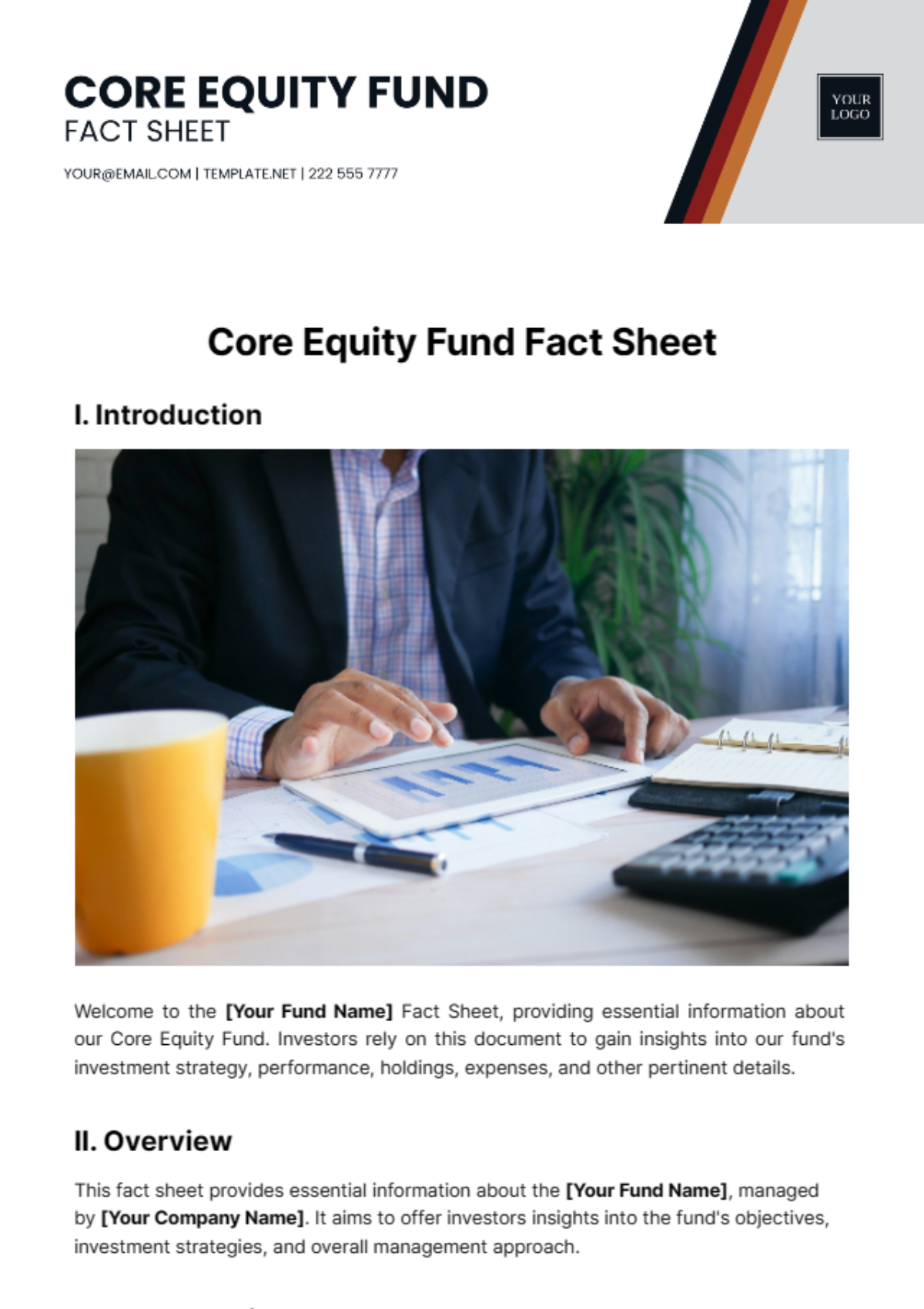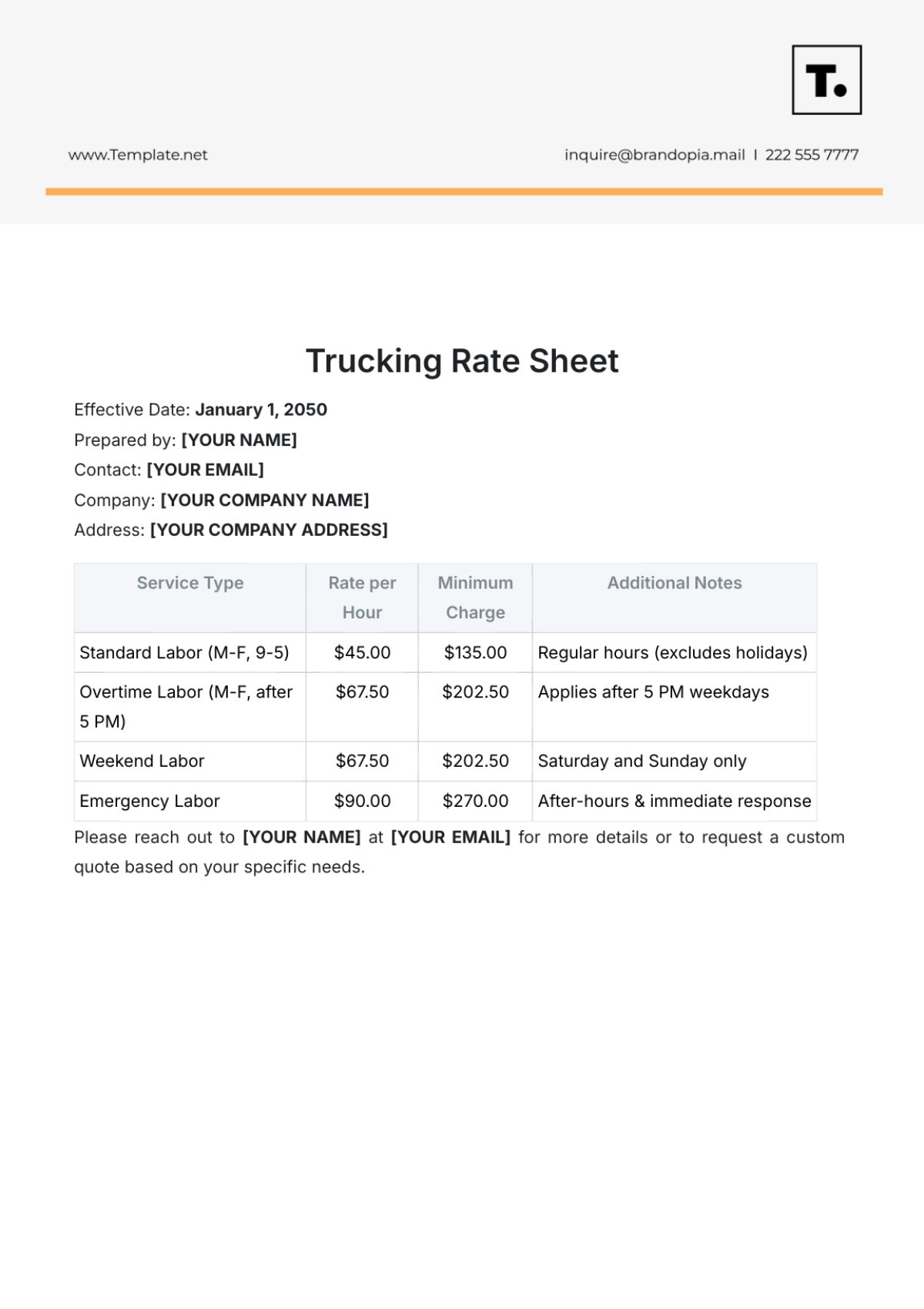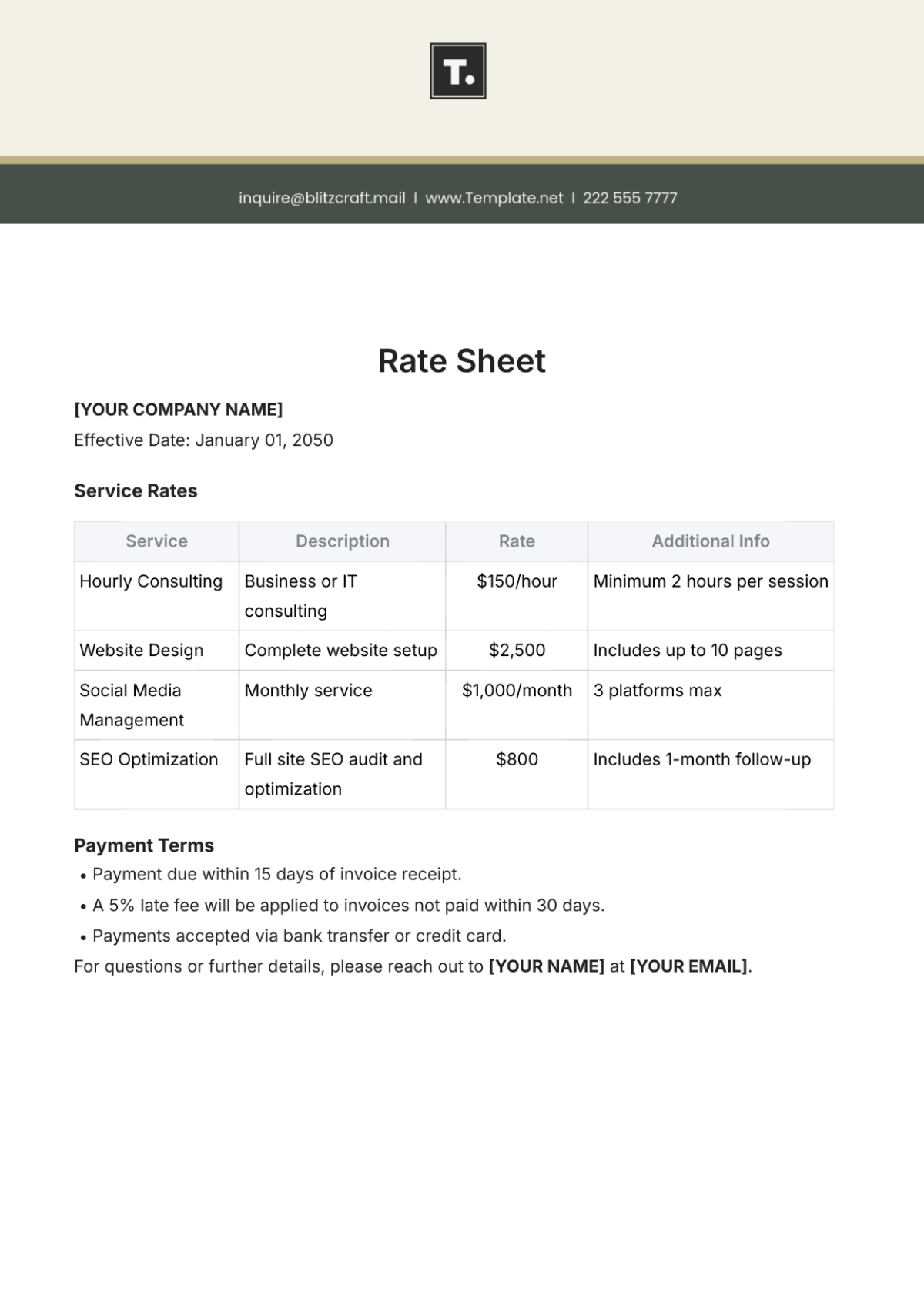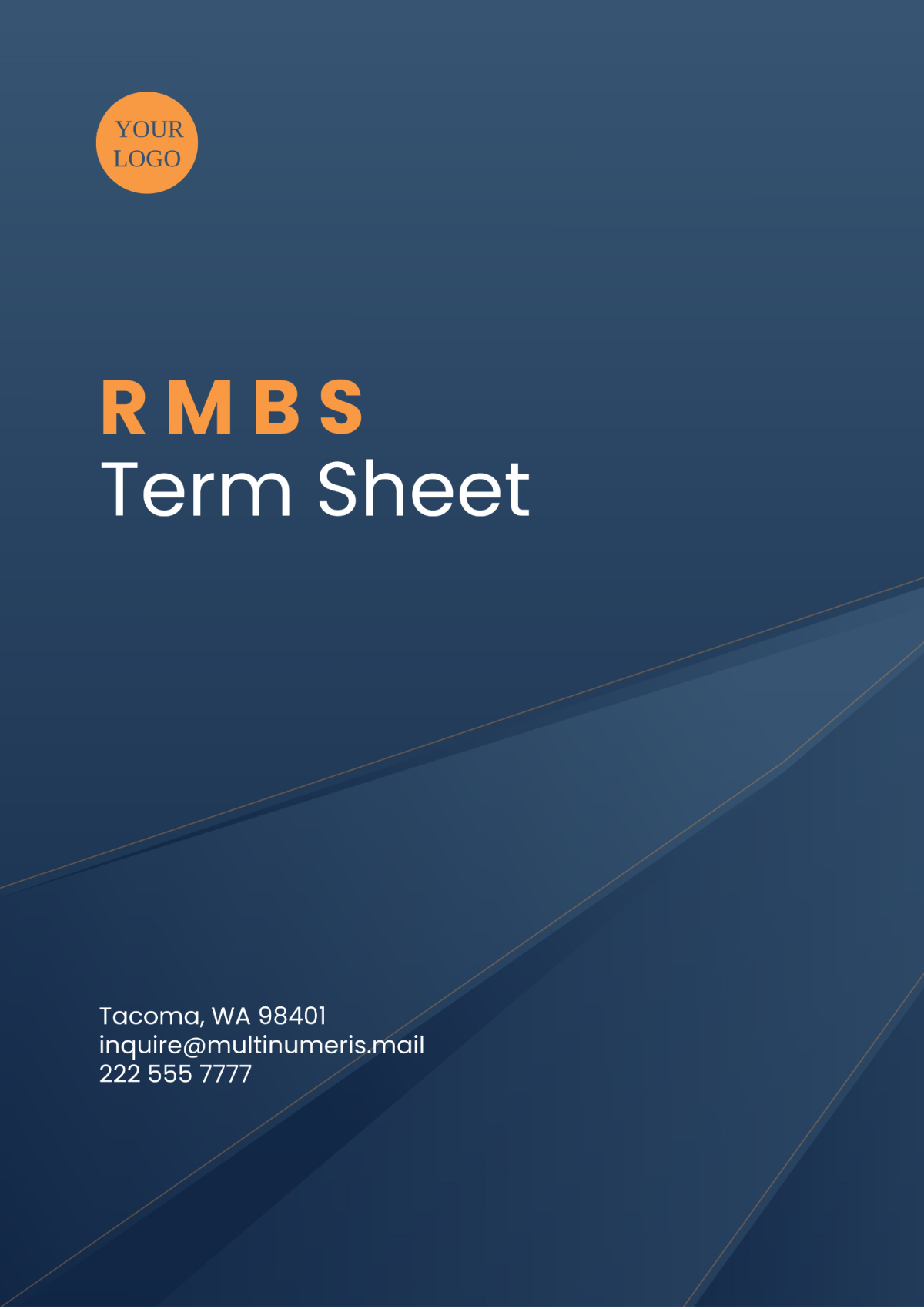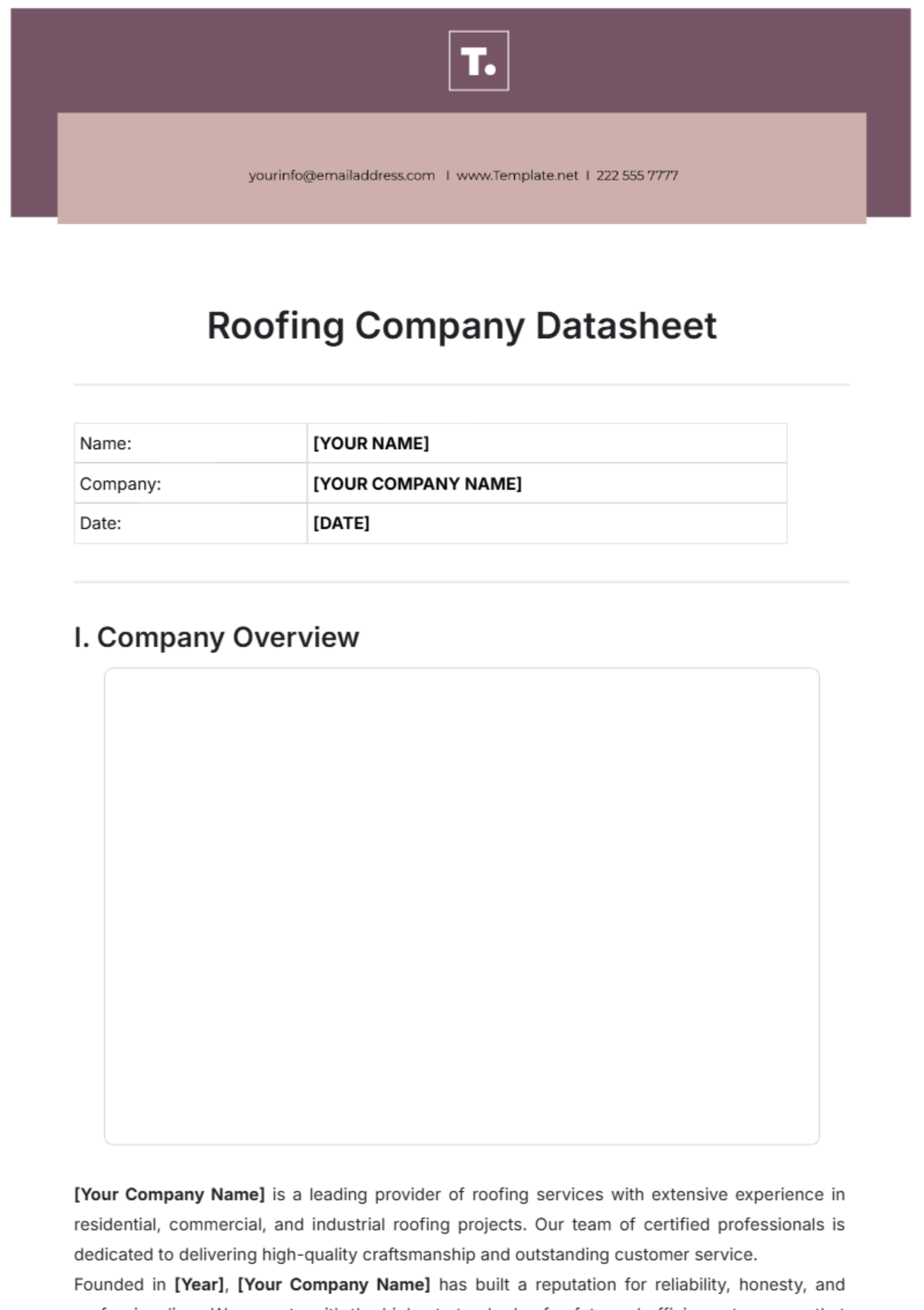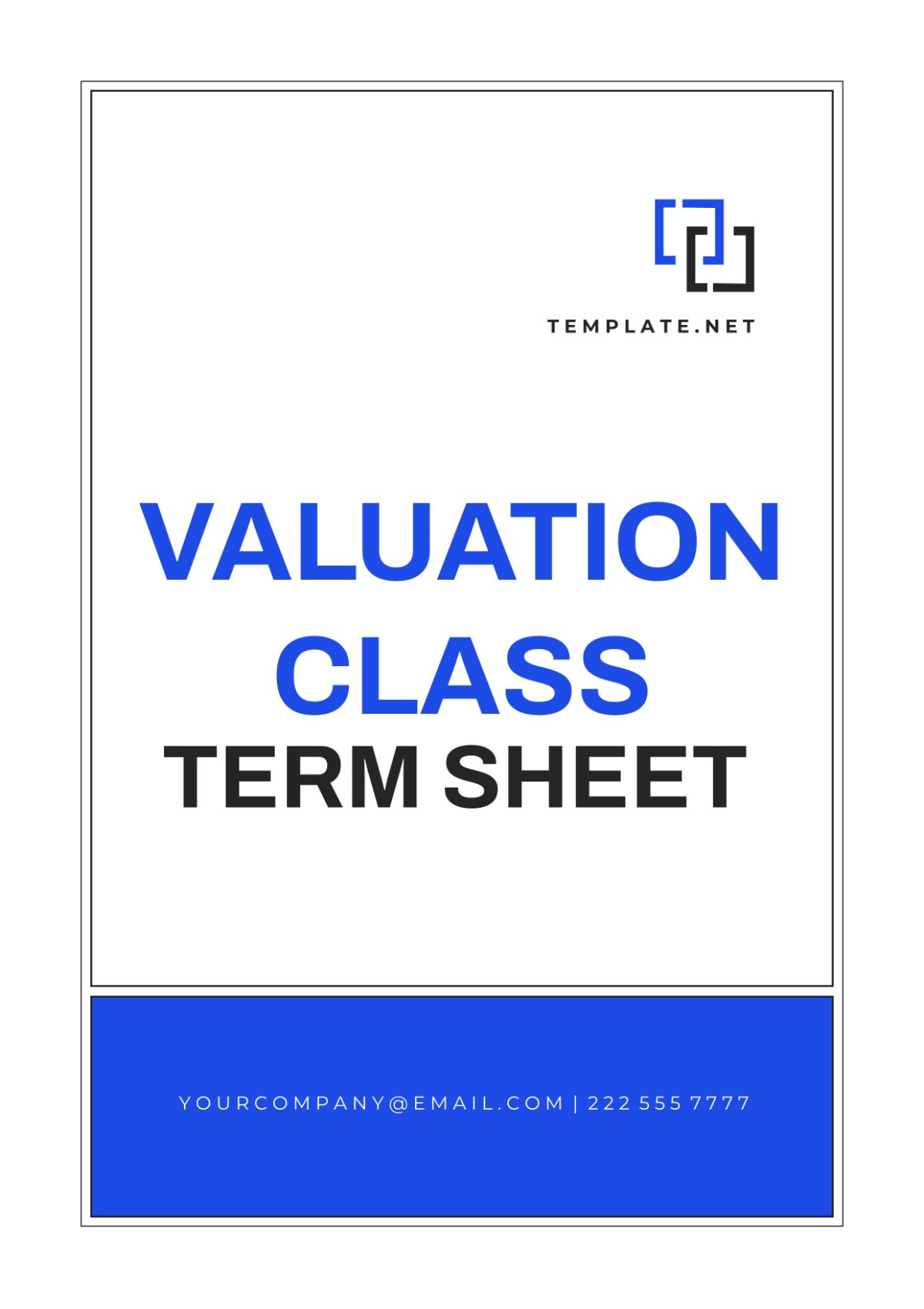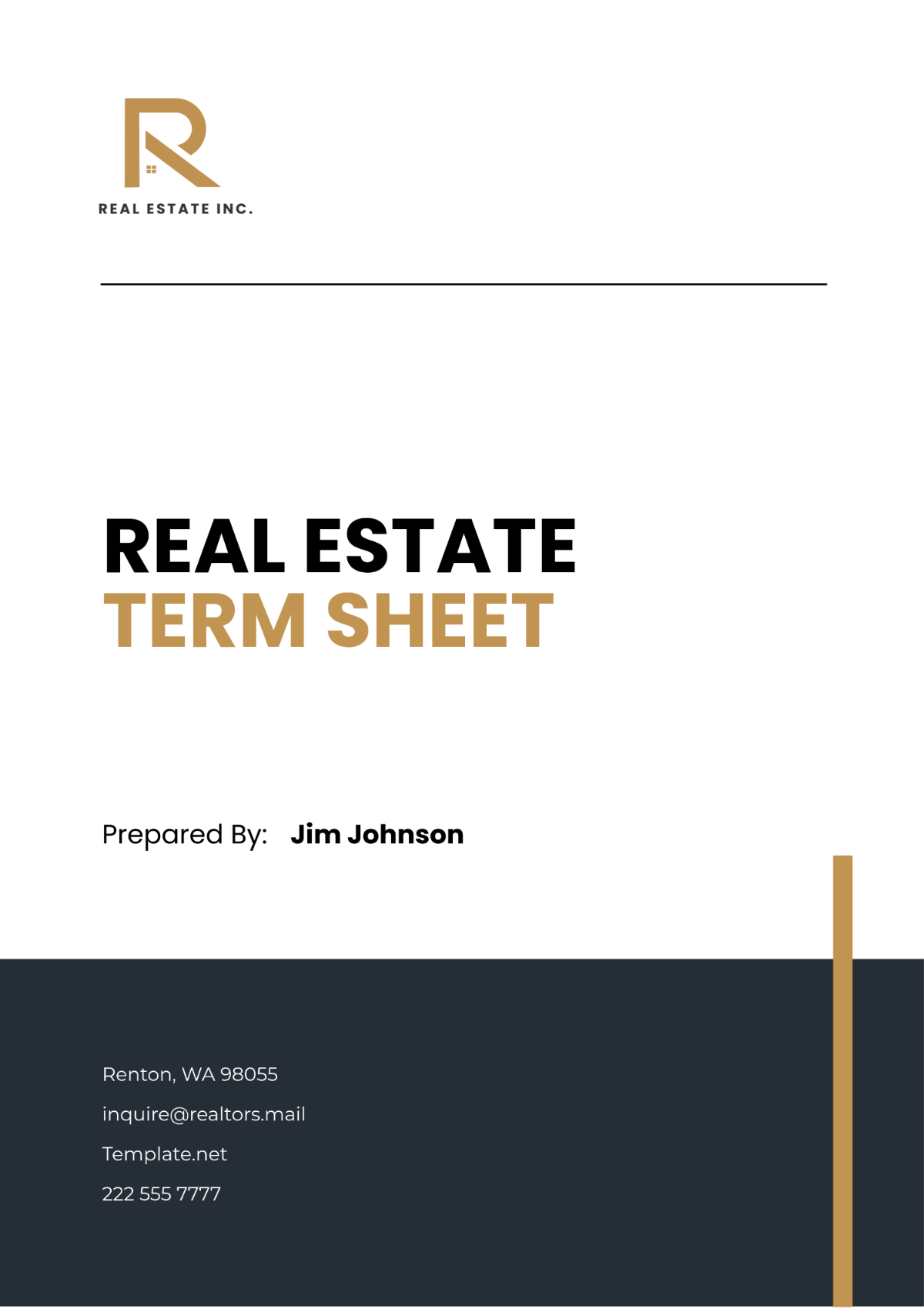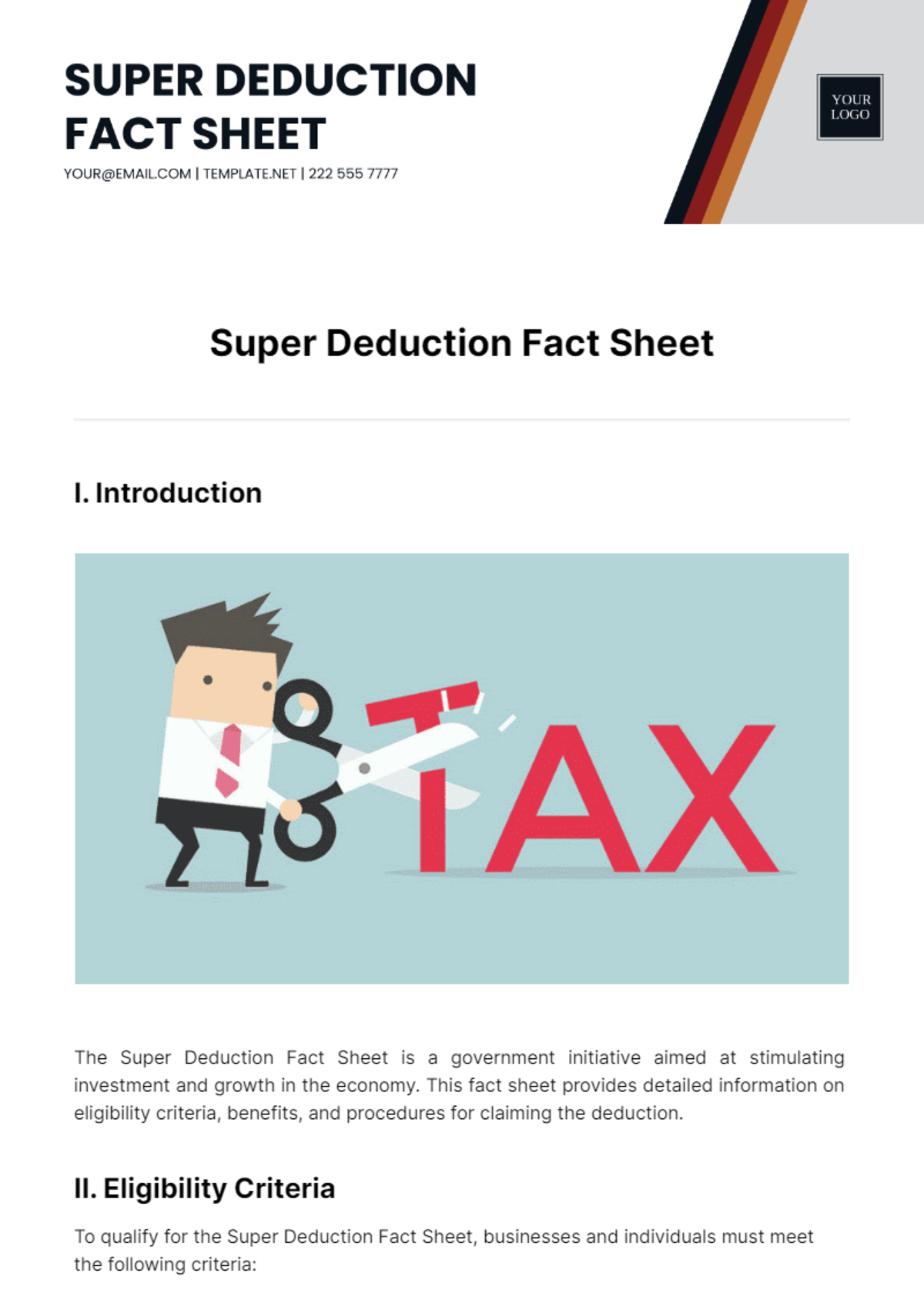Valuation Class Term Sheet
1. Overview
This Valuation Class Term Sheet prepared by [YOUR COMPANY NAME] aims to establish the standardized methods and parameters for assessing the value of a specific class of shares within the company. This document is crucial for ensuring that all stakeholders, including investors, auditors, and management, have a clear understanding of the valuation processes adopted and the rationale behind the determined values.
The methodologies outlined are designed to provide transparency and consistency, thereby facilitating fair and equitable financial reporting and investment analysis. This Term Sheet serves as the foundation for any financial decision involving the valued asset class under consideration.
2. Valuation Methodologies
The following methodologies will be applied in valuing the class of shares or assets as specified by [YOUR COMPANY NAME]. Each method is chosen based on its relevance to the nature of the assets and the industry standards, ensuring a robust valuation framework:
Discounted Cash Flow (DCF) Analysis: DCF analysis estimates an investment's value by discounting its expected future cash flows to present value using a rate that reflects the time value of money and risk.
Comparable Company Analysis (CCA): CCA estimates a company’s value by comparing it to similar publicly traded companies, using key financial metrics like earnings or revenue multiples from these comparable companies.
Asset-Based Valuation: Asset-based valuation determines a company's value by assessing its assets and liabilities, encompassing both tangible assets (e.g., property, equipment, inventory) and intangible assets (e.g., intellectual property, goodwill).
Detailed descriptions of how these methodologies will be implemented are further outlined in sections III and IV. These methodologies are subject to periodic review and adjustments to adapt to changing financial environments and regulatory requirements.
3. Key Assumptions and Parameters
Valuation under this Term Sheet by [YOUR COMPANY NAME] will be based on several key assumptions that are critical in deriving an accurate and fair valuation. These assumptions are made considering the current economic conditions, market forecasts, and specific industry insights about [YOUR COMPANY NAME]. The following are the primary assumptions to be employed:
Expected growth rate of earnings over the forecast period
Projected capital expenditure and working capital needs
Appropriate discount rate reflecting the risk profile of the assets
It is important to note that any changes in these assumptions may significantly affect the resulting valuations and will require a comprehensive review and possible adjustment.
4. Valuation Criteria
The criteria for the valuation include a set of quantitative and qualitative factors that influence the valuation. Quantitative factors include financial performance metrics such as EBITDA, cash flow, and net income. Qualitative factors involve market positioning, competitive advantage, and management expertise.
Each of these factors is evaluated and given a weight based on its impact on the overall valuation of the asset class. The weighting factors are predetermined in discussion with [YOUR DEPARTMENT] and are periodically reviewed to ensure they remain relevant and accurate. Below is the table indicating the typical weighting factors:
Factor | Weight |
|---|---|
Financial Performance | 50% |
Market Positioning | 30% |
Management Expertise | 20% |
5. Approval and Modifications
Approval of the valuation methodologies, parameters, and criteria outlined in this Term Sheet requires consent from the Board of Directors of [YOUR COMPANY NAME]. Upon approval, these valuation terms become effective and binding across all relevant departments and are considered as the guiding document for any financial assessments involving the class of shares or assets stated.
However, [YOUR COMPANY NAME] reserves the right to modify or adjust this Term Sheet subject to changes in the economic climate, legal requirements, or internal company policies. Any changes will be communicated promptly to all stakeholders involved.
